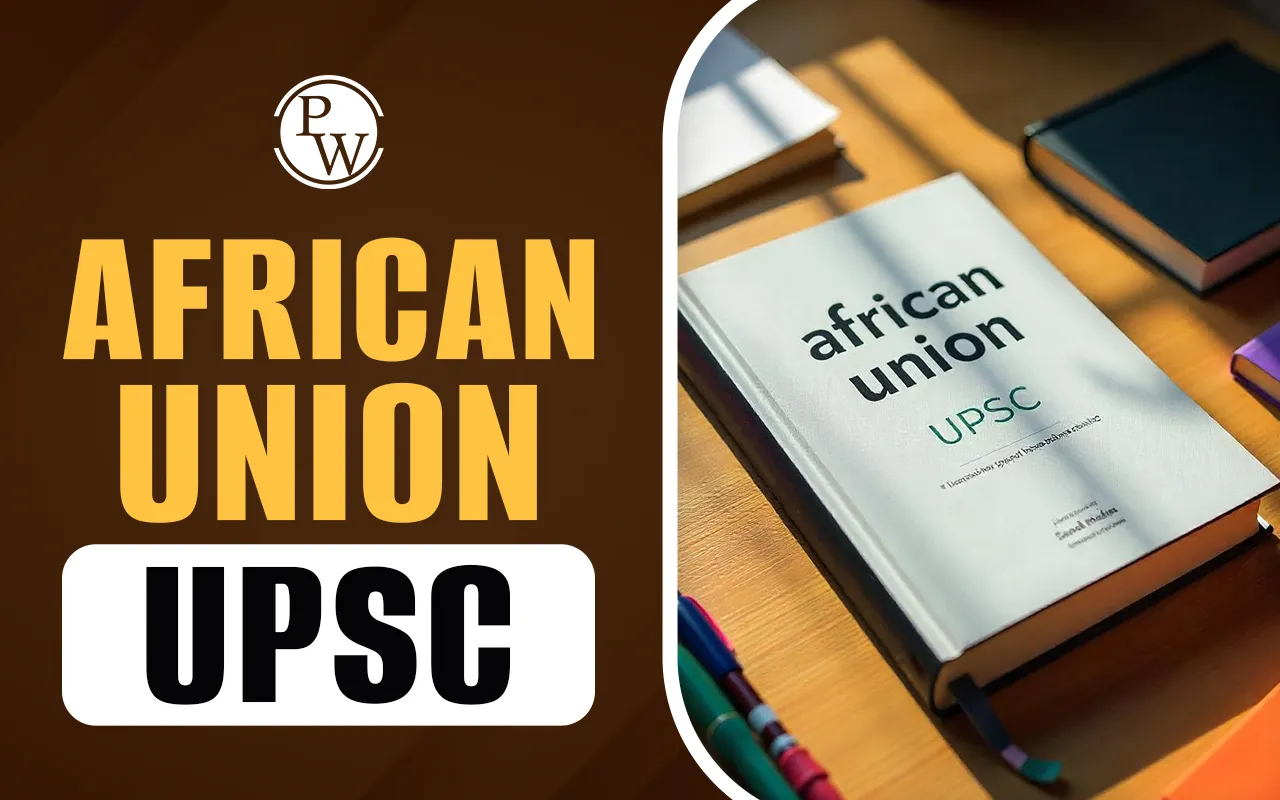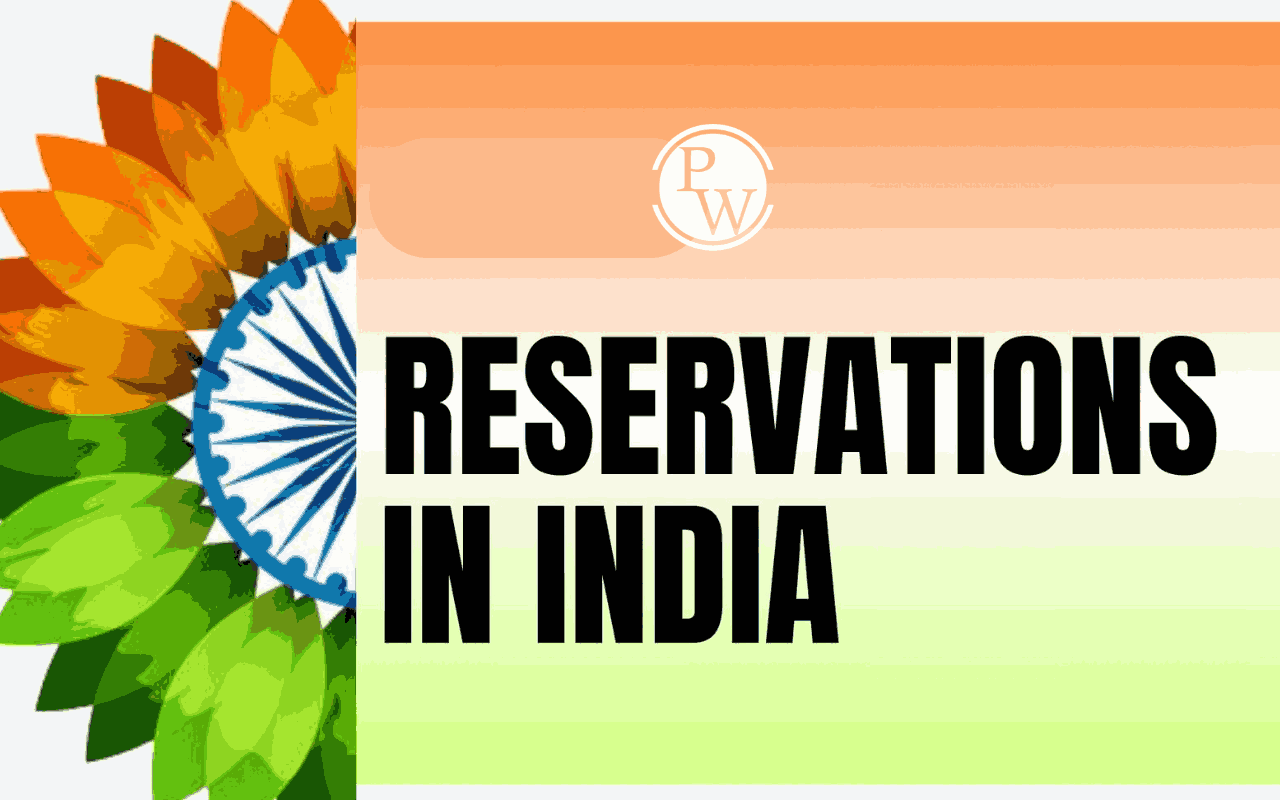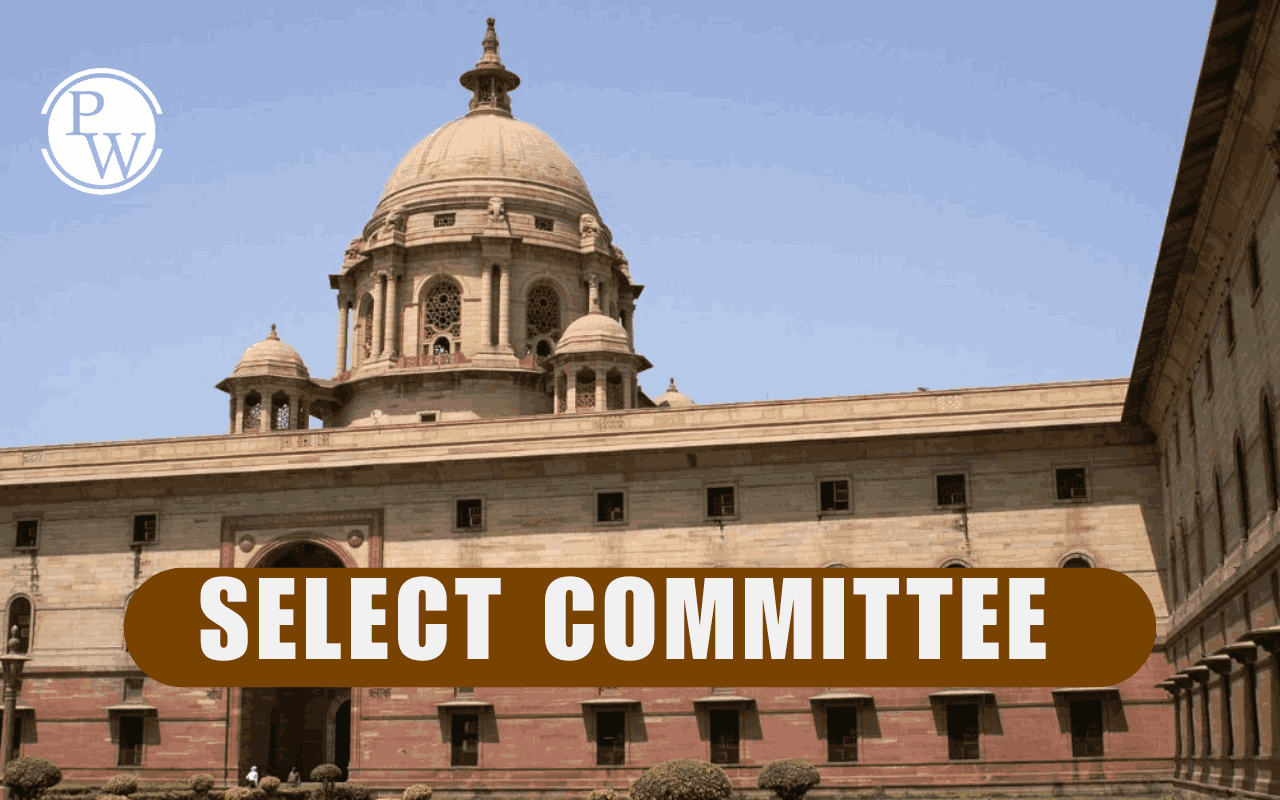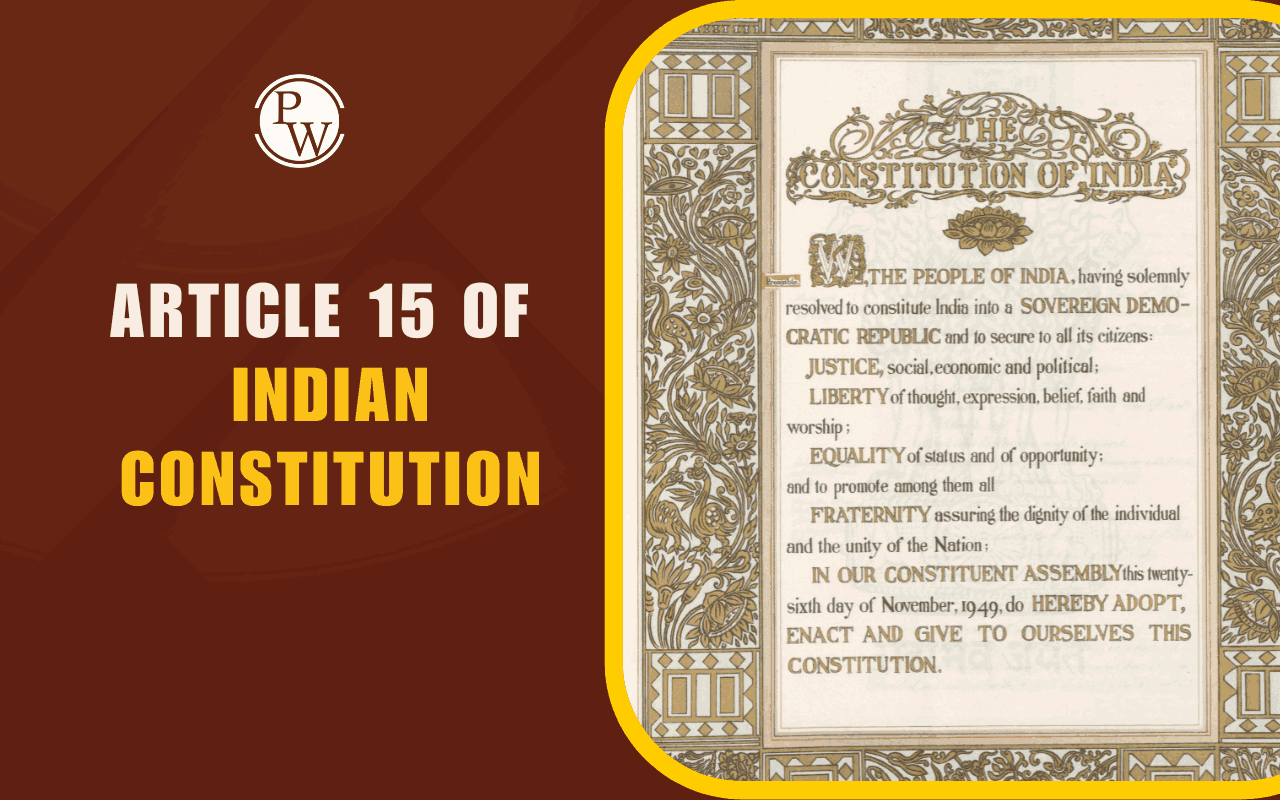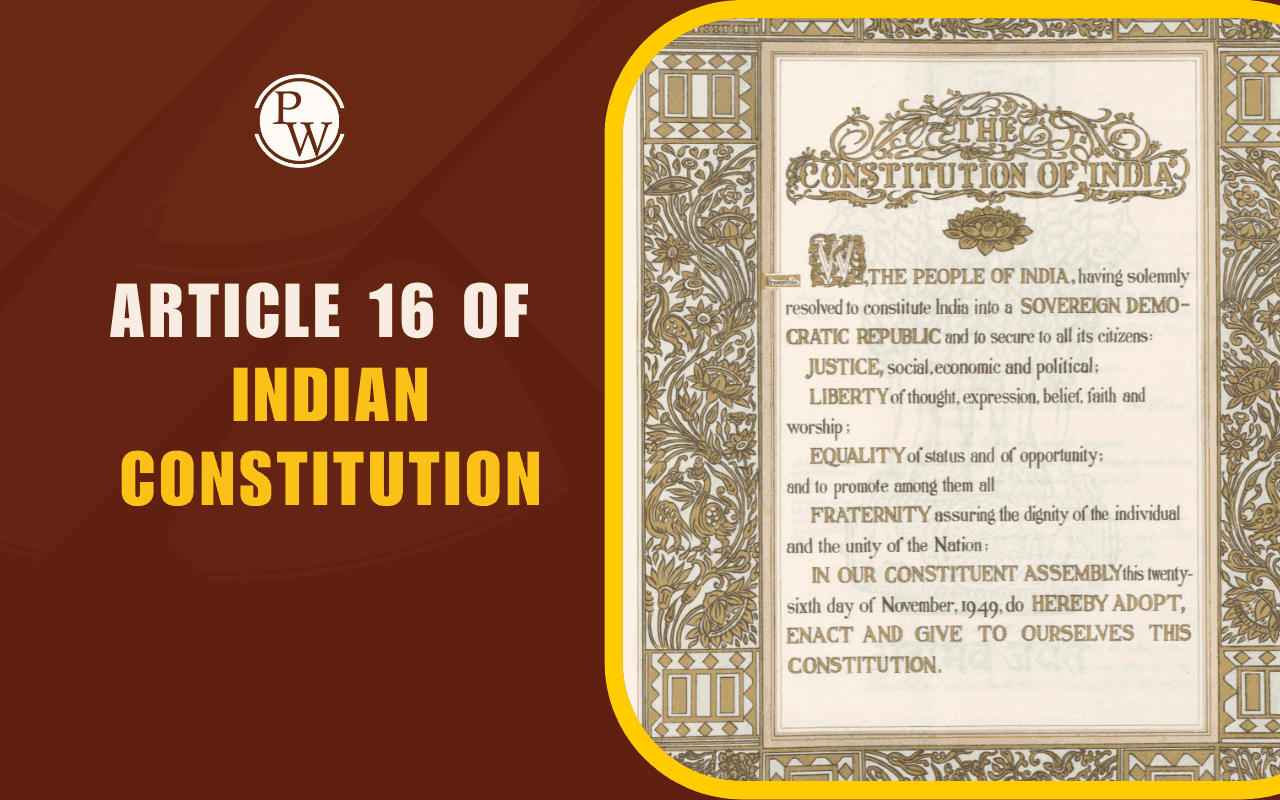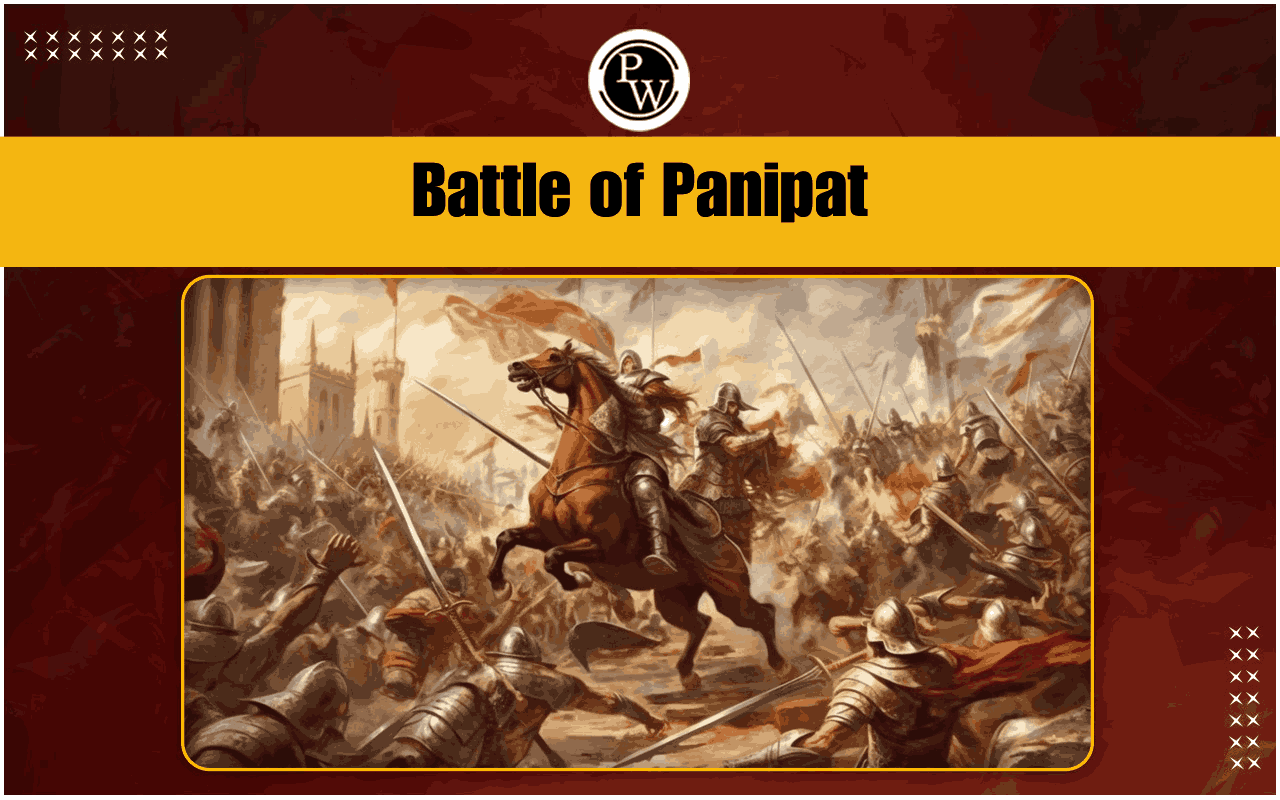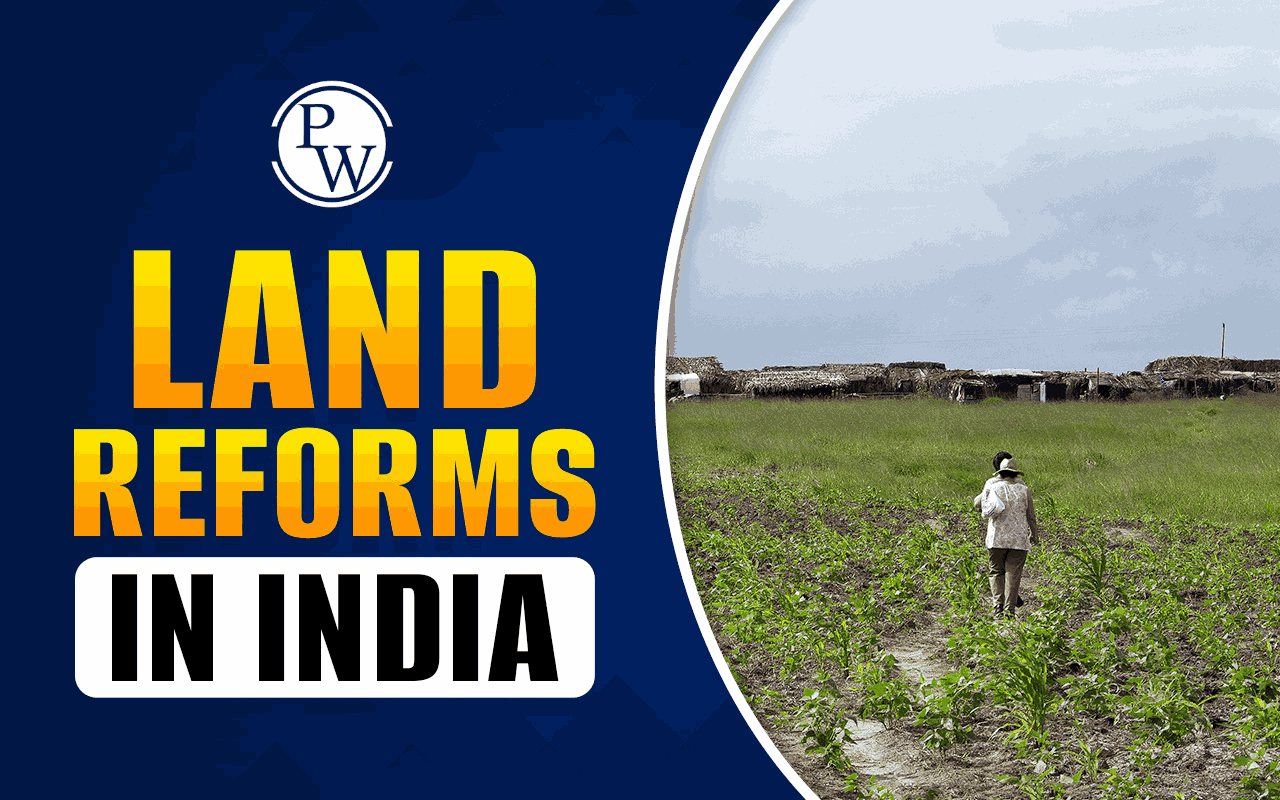
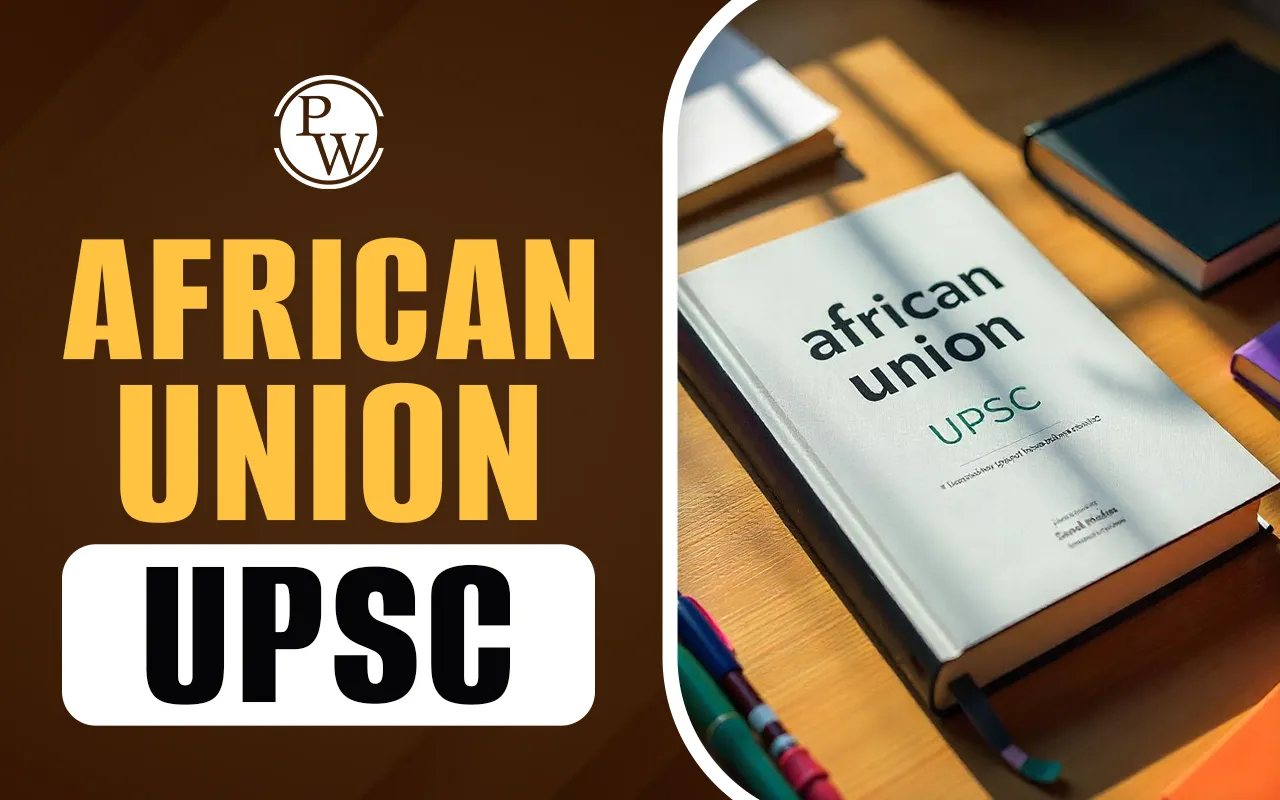
African Union (AU) is a continental organization consisting of 55 member states located on the African continent. It was officially launched on July 9, 2002, in Durban, South Africa, as a successor to the Organization of African Unity (OAU), which had been established in 1963. AU brings together African nations to address challenges like poverty, conflicts, health issues, and climate change.
It works on building partnerships, promoting democracy, and creating a strong African identity. Over the years, the African Union has taken steps to build better infrastructure, support good governance, and speak with one voice on global platforms.
African Union (AU)
The African Union (AU) was officially launched on 9 July 2002 in Durban, South Africa. It replaced the OAU to better meet the challenges of modern-day Africa. The AU follows the Constitutive Act of the African Union, which lays out its principles and functioning. It plays a central role in shaping Africa’s political, economic, and social landscape. Here is an overview:
| African Union (AU) | |
| Established | 2002 (as successor to the Organisation of African Unity, OAU, founded in 1963) |
| Member States | 55 |
| Headquarters | Addis Ababa, Ethiopia |
| Vision | “An Integrated, Prosperous and Peaceful Africa, driven by its own citizens and representing a dynamic force in the global arena” |
| Key Organs |
|
| Judicial & Human Rights Bodies |
|
| Population | Over 1.3 billion |
| Area | ~30 million km² |
| Official Languages | Arabic, English, French, Portuguese, Spanish, Swahili |
| Notable Initiatives | Agenda 2063, African Continental Free Trade Agreement (AfCFTA) |
| Global Engagement | Member of the G20 (since 2023) |
| Website | https://au.int/en |
Objectives of African Union
African Union’s primary aim is to promote unity and solidarity among African states, spur economic development, and foster international cooperation. Its core goals include:
-
Promoting unity and solidarity among African nations
-
Defending the sovereignty of member states
-
Encouraging political and economic integration
-
Promoting peace, security, and stability
-
Advocating for development, gender equality, and education
African Union Countries
The African Union has 55 member countries, making it one of the largest continental unions in the world. All 55 countries in Africa are part of the AU, including island nations like Madagascar, Seychelles, and Comoros. Here’s a table of African Union countries by region:
| North Africa | West Africa | Central Africa | East Africa | Southern Africa |
| Algeria | Nigeria | Cameroon | Kenya | South Africa |
| Egypt | Ghana | Chad | Tanzania | Namibia |
| Libya | Senegal | Republic of the Congo | Uganda | Botswana |
| Mauritania | Mali | Central African Republic | Ethiopia | Zimbabwe |
| Morocco | Burkina Faso | Equatorial Guinea | Rwanda | Zambia |
| Tunisia | Côte d'Ivoire | Gabon | Burundi | Angola |
| Sudan | Togo | São Tomé and Príncipe | Somalia | Lesotho |
| South Sudan | Benin | Djibouti | Eswatini (Swaziland) | |
| Niger | Seychelles | Mozambique | ||
| Liberia | Madagascar | Malawi | ||
| Sierra Leone | Mauritius | |||
| Gambia | Comoros | |||
| Guinea | Eritrea | |||
| Guinea-Bissau | ||||
| Cape Verde |
African Union President
There are two distinct leadership roles within the African Union:
1. Chairperson of the African Union (AU) Assembly
-
Role: This position serves as the ceremonial leader of the African Union, acting as the unified voice of all member nations during their one-year term.
-
Term Length: One year, with the position rotating among the five regions of the continent.
-
Current Holder: President João Manuel Gonçalves Lourenço of Angola.
-
Main Duties: Presides over the AU's biannual summits, represents Africa at global events, and serves as a senior figure during times of continental or international crisis.
2. Chairperson of the African Union Commission (AUC)
-
Role: As the top executive officer of the African Union, this leader oversees the organization's daily operations and ensures the implementation of decisions made by the Assembly.
-
Term Length: Generally appointed for a four-year term.
-
Current Holder: Mahmoud Ali Youssouf from Djibouti.
-
Main Duties: Heads the AU Commission, manages its secretariat, and coordinates the execution of policies and strategic initiatives.
These leaders play a crucial role in policy implementation, peacekeeping, and representing the AU on international platforms.
Structure of African Union
The AU structure is designed to support unity, democracy, and development. It includes the following organs:
| Organ | Role | Function |
| Assembly of the African Union | Supreme body composed of Heads of State and Government of all member states | Makes binding decisions; meets at least twice a year |
| Executive Council of the African Union | Composed of Foreign Ministers or equivalent officials of member states | Prepares decisions for the Assembly; coordinates policies on trade, social development, etc. |
| African Union Commission | Secretariat and executive branch of the African Union | Implements decisions made by the Assembly and Executive Council; manages daily operations |
| Leadership of the African Union Commission | Chairperson, Deputy Chairperson, and six Commissioners | Oversee key portfolios such as Peace and Security, Trade and Industry, Agriculture, Science, etc. |
| Permanent Representatives Committee | Comprises Ambassadors of member states to the African Union | Advises the Executive Council; prepares its work |
| Peace and Security Council of the African Union | A 15-member decision-making body | Manages conflict prevention, resolution; can impose sanctions and authorize peacekeeping missions |
| Pan-African Parliament | Representative body of the citizens of Africa (265 members) | Consultative and advisory role; aims to become a legislative body |
| Economic, Social, and Cultural Council | Civil society consultative organ of the African Union | Advises on economic, social, and cultural policies |
| Specialized Technical Committees | Ministers or senior officials from member states | Address specific sectoral issues like agriculture, health, infrastructure, etc. |
Each organ has its own responsibility and works together to achieve the AU’s goals.
African Union Headquarters
The headquarters of the African Union (AU) is the African Union Conference Center and Office Complex (AUCC), located in Addis Ababa, Ethiopia. It is also known as the political capital of Africa due to its central role in African diplomacy. The AU headquarters building is a modern, 20-storey tower gifted by China and inaugurated in 2012.
African Union Flag
The current flag of the African Union was officially adopted in 2010 and was designed by Yadesa Bojia, an Ethiopian-born American artist. The African Union flag symbolises unity, hope, and progress. Key features of the flag include:
-
Green background: Represents the hope of Africa.
-
Golden stars: 55 stars forming a circle, one for each member country.
-
Map of Africa in white: Symbolises a united continent.
This flag is a powerful representation of African solidarity and shared goals.
India and African Union
India and the African Union enjoy strong and historic ties based on mutual respect, non-colonial links, and shared development goals. Key elements of India-Africa Union ties:
-
Historical and Cultural Ties: India and Africa share deep bonds rooted in colonial struggles and mutual support during independence movements, guided by India’s ethos of global family (“Vasudhaiva Kutumbakam”).
-
Economic and Trade Relations: India is Africa’s 4th-largest trade partner, aiming to double trade to $200 billion by 2030, while supporting AfCFTA and cooperation in key sectors like energy and healthcare.
-
Development Cooperation: India funds 200+ infrastructure projects across Africa and has offered over $700 million in aid, including training 37,000 Africans under the ITEC program.
-
Strategic and Diplomatic Engagement: With 46 missions in Africa, India champions Africa’s role in global forums like the G20 and expands security ties, including a naval base in Mauritius.
-
People-to-People and Educational Ties: India strengthens connections through educational initiatives like IIT Zanzibar and engages via platforms like the India-Africa Forum Summit and AAGC.
-
Recent Developments: India and the African Union held a 2025 counter-terrorism dialogue and reaffirmed joint efforts on global issues like food, health, energy security, and maritime freedom.
India’s engagement with the AU strengthens South-South cooperation and global partnerships for a better future.
Explore more about international organisations with PW’s UPSC Online Courses, your one-stop guide for UPSC success!
African Union FAQs
When was the African Union established?
How many member states are there in the African Union?
Where was the African Union formed?
When did the African Union join the G20?
Where is the African Union headquarters located?

UPSC Coaching
